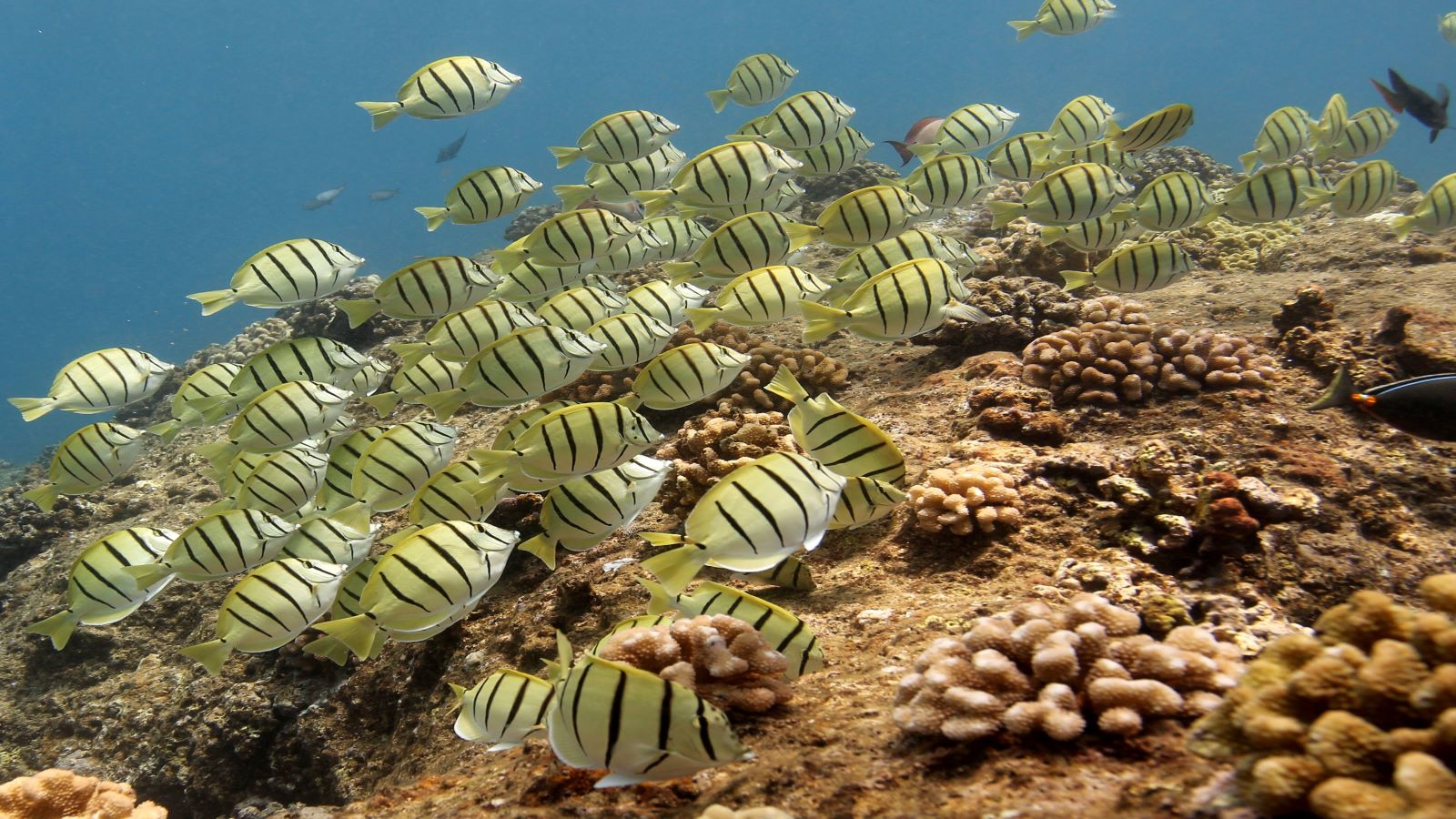Scientists from NOAA’s Atlantic Oceanographic and Meteorological Laboratory (AOML), and our cooperative institute partners, the University of Miami’s Cooperative Institute of Marine and Atmospheric Studies and the Northern Gulf Institute, recently participated in Ocean Acidification Annual Community Meetings at the Scripps Institute of Oceanography in San Diego, California. Over the course of multiple days, scientists attended various meetings on ocean acidification research topics, visited laboratories, met with fellow scientists, learned about new ocean acidification technologies, and much more.
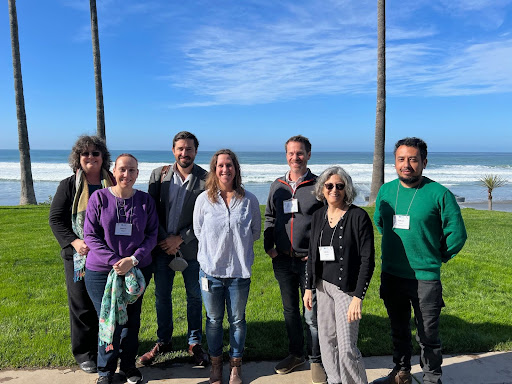
NOAA’s Ocean Acidification Program (OAP) seeks to better prepare society to respond to changing ocean conditions by understanding the processes of ocean acidification through interdisciplinary partnerships both nationally and internationally. The goals of the OAP community meeting are to shape the future of the OAP; to inform community members of OAP updates, encourage collaborations with the ocean acidification research community, discuss research gaps and how to address them, and to make ocean acidification research more diverse and accessible.
During these meetings, scientists from across disciplines and regions discussed marine carbon dioxide removal, regional vulnerability assessments, experiment best practices, multi-stressor experiments, community relationships, the future of ocean acidification science technology and more. AOML scientist Emily Osborne presented her multidisciplinary approach used to understand carbon cycling in the notoriously under-studied Gulf of America. AOML/NGI scientist Luke Thompson presented his research on patterns of microbial and plankton diversity using the environmental DNA (eDNA) collected during the Gulf of America Ecosystems and Carbon Cruise (GOMECC-4) in 2021. AOML/NGI scientist Fabian Gomez also presented during the poster sessions. He discussed his work on the seasonal distinctive influence of Mississippi River runoff on interannual carbon chemistry patterns in the Gulf of America.
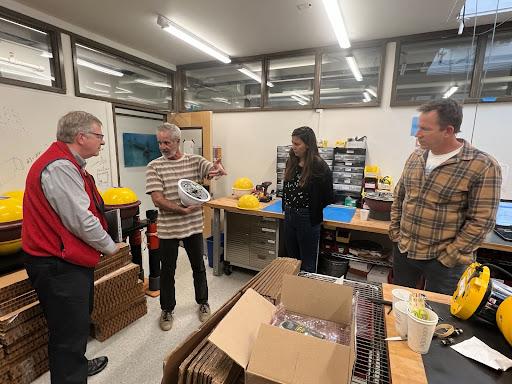
While in San Diego, AOML Deputy Director Molly Baringer met with Steve Thur, Assistant Administrator for NOAA’s Office of Oceanic and Atmospheric Research (OAR), and David Ledger, Director of NOAA’s Global Ocean Monitoring and Observing Program (GOMO). Together they visited the Marine Physics Laboratory, a Navy funded, academic laboratory of the Scripps Institution of Oceanography, UC San Diego, to learn about their wave drifters, gliders and Argo floats.
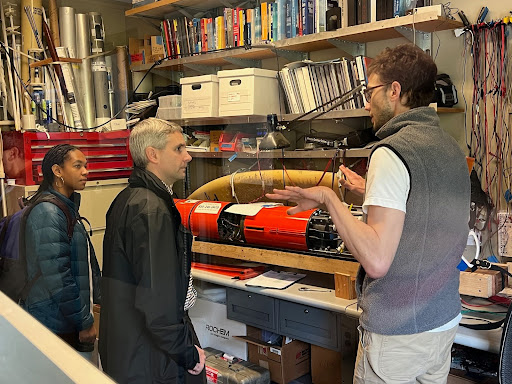
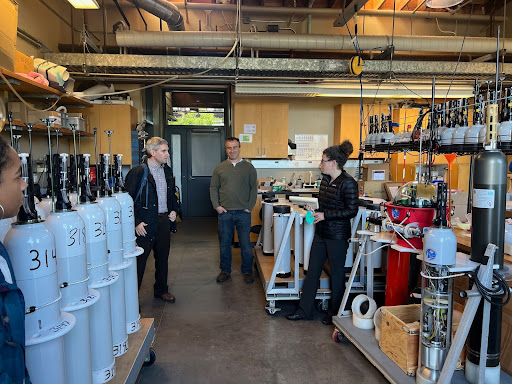
Steve Thur (OAR AA), Victoria Moreno (Knauss Fellow), David Legler and Molly Baringer visit the Scripps oceanography groups for gliders (left, courtesy of Dan Rudnick) and Argo floats (right, courtesy of Sarah Purkey and Matt Mazloff).
